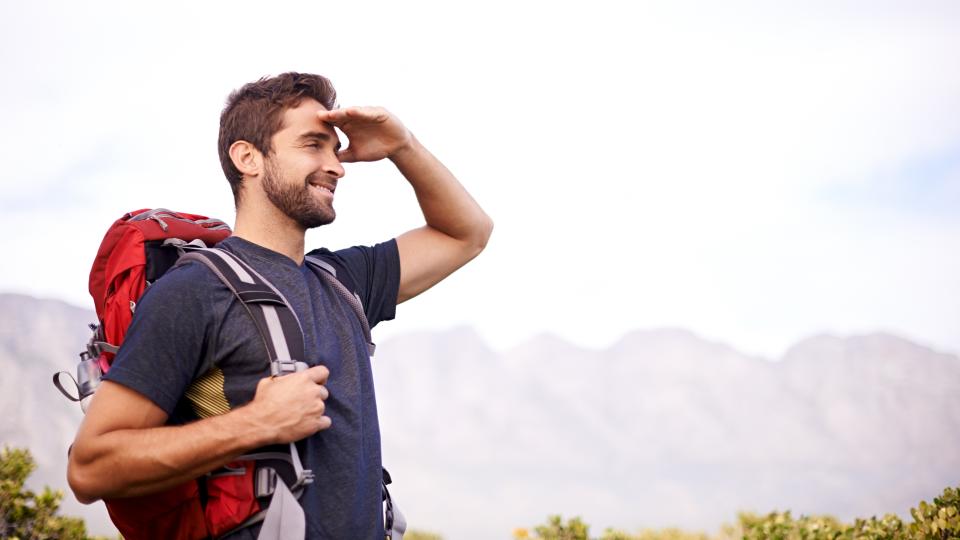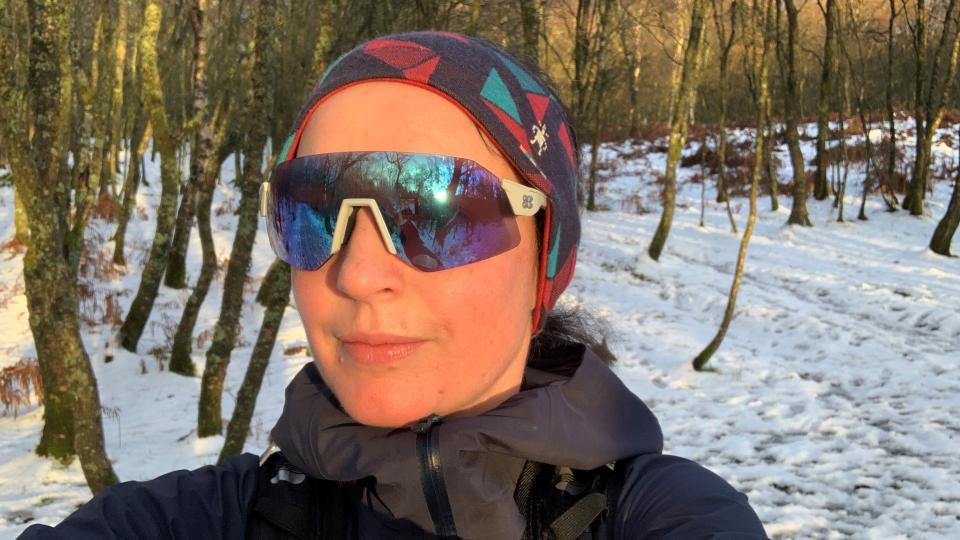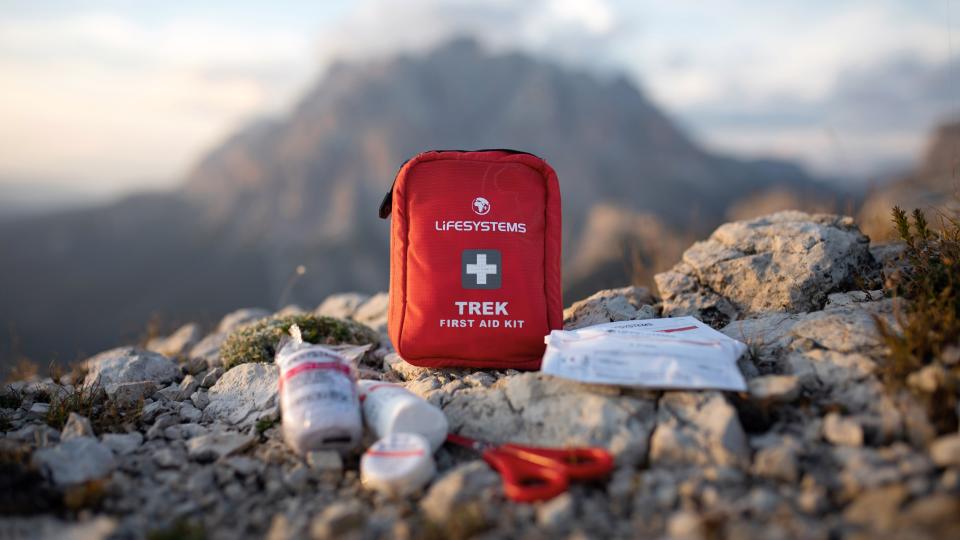5 eye care tips for hikers and runners

When you spend a lot of time outdoors and moving fast, you probably pull out all the stops to protect your ankles from sprains by wearing the best hiking boots and to defend your skin against frostbite in cold conditions by using the hiking layering system. There’s another part of your body that can be vulnerable when it comes to spending time in sunny, windy, snowy and cold conditions, however, and that’s your eyes.
From snow blindness to allergies, your eyes can end up dry, red or even damaged by your time spent on the trails if you’re not careful, but it’s also quite easy – and important – to make sure things don’t get that far. Read on our five best eye care tips for hikers and runners to protect your peepers outdoors.

1. Get some good eye protection
Rain or shine, in snowy or dry conditions, your first line of defense against hazards like the sun, grit, wind, branches and winged insects is to protect your eyes using the shield of sunglasses, or ski goggles for winter sports.
Sunglasses for hiking and trail running need to protect your eyes against both UVA and UVB rays for starters. If you’re going to be hiking near ice, snow or water, you'll need to take the glare factor into account and use polarized sunglasses like the Oakley Clifdens.
Even if it’s not sunny, it’s a good idea to wear sunglasses and it’s helpful to have a darker lens on your sunglasses or giggles for bright conditions and a lighter lens for low light conditions. Wraparound shades like the SunGod Ultras do provide better protection, even if you don’t love how they look.
If you already wear glasses, invest in prescription sunglasses so you’re never tempted to take them off, and read our guide to how to clean sunglasses for the same reason.

2. Wear a brimmed hat
Sunglasses block out a lot of those UVA and UVB rays, but when the sun is high, they can still sneak in over the top, and that’s why it’s a good idea to wear a brimmed hiking hat when you’re outdoors. These types of hats protect your entire face, and though they seem like they’re best for summer days, a lot of them like the Arc’Teryx Paltz cap are really low profile, which means you can even wear them under helmets.
3. Carry eye drops
Whether or not you suffer from red eyes or allergies, a small bottle of eye drops is a great addition to your hiking first aid kit. It means you can wash out any intruders like grit or insects more easily, and if your eyes do start to feel dry or strained, you can stop every so often and hydrate them.

4. Check your sunscreen
If your eyes tend to get really stingy on more aerobic adventures, it’s a good idea to check your sunscreen. If your sunscreen is an oil-based formula, it might be getting in your eyes and be the source of the problem. Look instead for a water-based (AKA ‘sweatproof’) sunscreen and your eyes might be much happier.
5. Stay hydrated
Finally, dehydration might be causing your eye discomfort, particularly when you’re working up a sweat in warm or very arid conditions. Staying hydrated on the trail is crucial for lots of reasons, and not least is that your eyes might feel better. Make sure you carry at least one water bottle, or a hydration bladder, when you go hiking or running and take regular sips.

